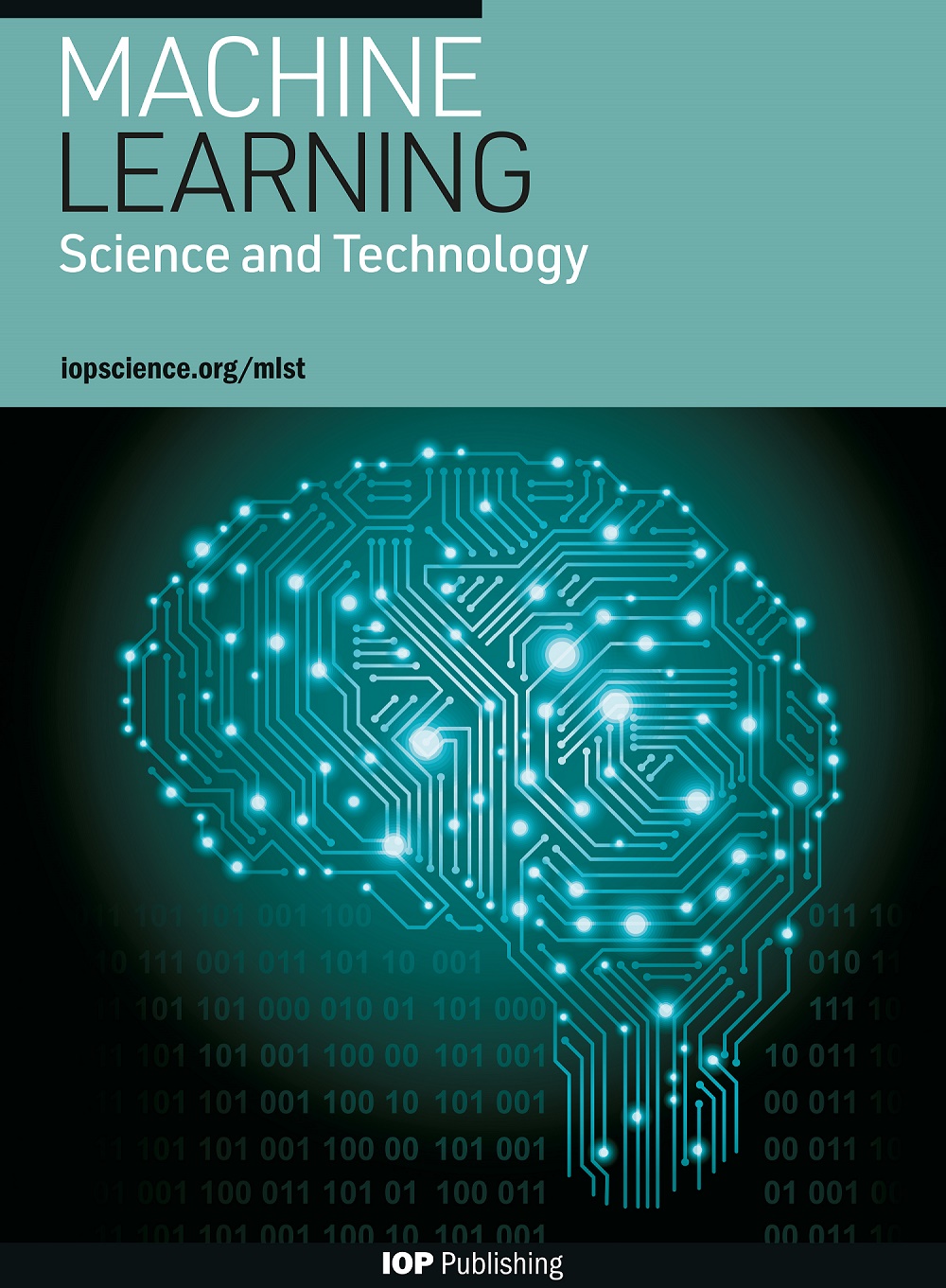CResU-Net:利用深度学习绘制滑坡图的方法
IF 4.6
2区 物理与天体物理
Q1 COMPUTER SCIENCE, ARTIFICIAL INTELLIGENCE
引用次数: 0
摘要
山体滑坡可能因地震和暴雨而发生,给大片地区带来巨大挑战。要有效管理这些灾害,关键是要有快速可靠的自动检测方法来绘制滑坡地图。近年来,深度学习方法,尤其是卷积神经网络和全卷积网络,已成功应用于包括滑坡检测在内的多个领域,并取得了显著的准确性和高可靠性。然而,这些模型大多是基于高分辨率卫星图像实现高检测性能的。在本研究中,我们介绍了一种结合卷积块注意力模块(一种深度学习方法)的改进型残差 U-Net,用于自动绘制滑坡地图。与原始的残差 U-Net 模型相比,所提出的架构具有更高的准确性,在滑坡类别中的 F1 分数提高了 9.1%。此外,它的计算成本更低,执行模型每秒只需 1.38 千兆次乘法累加运算(GMACS),而原始模型则需要 2.68 GMACS。源代码见 https://github.com/manhhv87/LandSlideMapping.git。本文章由计算机程序翻译,如有差异,请以英文原文为准。
CResU-Net: a method for landslide mapping using deep learning
Landslides, which can occur due to earthquakes and heavy rainfall, pose significant challenges across large areas. To effectively manage these disasters, it is crucial to have fast and reliable automatic detection methods for mapping landslides. In recent years, deep learning methods, particularly convolutional neural and fully convolutional networks, have been successfully applied to various fields, including landslide detection, with remarkable accuracy and high reliability. However, most of these models achieved high detection performance based on high-resolution satellite images. In this research, we introduce a modified Residual U-Net combined with the Convolutional Block Attention Module, a deep learning method, for automatic landslide mapping. The proposed method is trained and assessed using freely available data sets acquired from Sentinel-2 sensors, digital elevation models, and slope data from ALOS PALSAR with a spatial resolution of 10 m. Compared to the original ResU-Net model, the proposed architecture achieved higher accuracy, with the F1-score improving by 9.1% for the landslide class. Additionally, it offers a lower computational cost, with 1.38 giga multiply-accumulate operations per second (GMACS) needed to execute the model compared to 2.68 GMACS in the original model. The source code is available at https://github.com/manhhv87/LandSlideMapping.git.
求助全文
通过发布文献求助,成功后即可免费获取论文全文。
去求助
来源期刊

Machine Learning Science and Technology
Computer Science-Artificial Intelligence
CiteScore
9.10
自引率
4.40%
发文量
86
审稿时长
5 weeks
期刊介绍:
Machine Learning Science and Technology is a multidisciplinary open access journal that bridges the application of machine learning across the sciences with advances in machine learning methods and theory as motivated by physical insights. Specifically, articles must fall into one of the following categories: advance the state of machine learning-driven applications in the sciences or make conceptual, methodological or theoretical advances in machine learning with applications to, inspiration from, or motivated by scientific problems.
 求助内容:
求助内容: 应助结果提醒方式:
应助结果提醒方式:


